But in a previous post about the actors on Mad Men, I typed Cardellini as a True Winter. I thought she was gorgeous on that show in very dark hair and Winter colors. I especially liked her in black and white, which is excellent on True Winters.
So I've been asking myself, was I wrong about Linda Cardellini?
She's beautiful on both shows. But at least one of these shows is successfully presenting her in colors that aren't her best. (An actor can look lovely in the wrong colors if her costume, hair, makeup, and lighting work together to create the false impression; see Light Summer Cate Blanchett passing as an Autumn in The Aviator. Notice how orange the lighting is! That's necessary to make a cool-toned actor like Blanchett look warm.) To figure out actor Linda Cardellini's actual color season, we need to focus on real-life pictures of her. I like using pictures from premieres, because those pics are generally taken outdoors, with a lot of light. First, we find pictures where Cardellini looks healthy and alive, not tired and not overly made-up. Then we try to identify the color season of her clothes and makeup in the flattering pics. I think she looks really good here:
The first thing I notice as a color analyst is that she's not overwhelmed by this big block of black right under her face. Her skin looks healthy, not blurry or washed out. We're seeing her, not her dress. So I feel confident she's one of the five seasons that can handle black -- the three Winters, Bright Spring, and Dark Autumn. All three Winter seasons are cool-toned, while Dark Autumn and Bright Spring are warm-toned. (You can see this more easily if you just look at the reds and pinks.)
I really like her here in a cool-toned pink lippie and a black, white, and grey dress. That makes me think Winter. Here she is again in black, but with warmer makeup and warmer hair. Are these pictures as good?
I do think she's a Winter. Perhaps she's a Dark Winter instead of a True Winter; sometimes Dark Winters can look almost right in the colors of neighboring Dark Autumn.
Here are more pics of Cardellini that I think are color harmonious. What do you think? Is she a Winter? If so, which one? If not, what do you think is her correct season?
14 Comments
Last week I talked about the fact that, though all of your palette colors are gorgeous on you somewhere, they don't all look natural on your lips. Now I want to describe a good way to figure out which of your palette colors are best on your lips. In a nutshell, the colors that will look most natural on your lips are - your MLBB, - darker versions of your MLBB, and - a handful of colors very close in hue and value to these Your MLBB is your "my lip but better" lip color. You may already have a lippy in your stash that you know is your MLBB. If you don't, stand in front of a mirror with your palette and locate the peach, pink, red, or violet that is precisely as dark as your lip and the closest to it in warmth or coolness. (Your natural lip color will be less saturated than any of these palettte colors; you're basically finding the more saturated version of your natural lip.) A lippy that's an MLBB will always look natural on you. Additionally, colors that are the same hue as your MLBB but darker will also look natural on you. Going very dark within your MLBB hue might be your evening lip, but it won't look unnatural. In general, avoid opaque colors that are lighter than than your MLBB. This usually looks unnaatural. The other colors that will look most natural on your lips will be the colors closest in hue to your MLBB, and as dark or darker. So if you're a Bright Spring whose MLBB is on your fuchsia strip, you may indeed be able to wear one of Bright Spring's violets as a lippy; the violets are close in hue to the fuchsias. You will find less luck with one of BSp's orange lippies, because orange is pretty far from fuchsia. My MLBB is a neutral Soft Autumn pink that's medium-dark. I'll wear other pinks and reds that are very close to this color in hue, but I won't go all the way to a Soft Autumn brown -- even though those lippies exist. Also, I'll go darker than my MLBB, but not lighter. A lippie lighter in than your natural lip rarely looks natural.
Tarte Quench Lip Rescue in Nude is an MLBB for me. It's easy to throw on when I want some moisture but I don't feel like bothering too much with makeup. CoverGirl Outlast in Wine to Five is a slightly darker version of my MLBB. It's been my staple daytime lippy for about five years; I order it in bulk on eBay or Amazon. My sexy lippy these days is Tarte Tarteist in Bling, which is a very deep version of my MLBB. It's a Soft Autumn red lip -- which means it's striking on me, and would be rather blah on most other seasons. :-) Though they vary quite a bit in value, all three of these lippies are similar in hue. If I feel like it, I''ll go somewhat warmer or somewhat cooler within my palette. But I won't stray super-far from this central MLBB hue, and I won't go lighter in value, unless it's a gloss.
And this is what I recommend you do as well: Find the hue that looks most natural on your lips, and choose lippies that stay relatively close to that hue. For example, if your MLBB is an orange, experiment with your reds -- but don't stray all the way to a violet, unless you want to make a statement. :-) And if your MLBB is a violet, experiment with your reds and purples -- but don't stray all the way to orange. When you know your MLBB, use your seasonal makeup list and a computer to find the lippies from the list that will look the most natural on your face. (Computer images aren't completely color-accurate, but you don't need them to be if you have the seasonal makeup list; if it's on the list, it's a color from your season.) Just check the computer image to make sure the hue and value of the lippy seem right for your lips. Then buy it! This post was originally published in March of 2017. In seasonal discussion groups, women spend a lot of time working out which palettte-matching lipsticks and glosses are their best colors. Why should they have to spend time answering this question? Aren't all of the peaches, pinks, reds and violets in your palette automatically good lip colors for you? Not exactly. Every color in your palette is a color that harmonizes with your natural coloring somehow. But not every color will actually look good on your lips. Your right colors look right because they look natural. So if you wear them in an unnatural way, they won't look right. Consider my Soft Autumn palette: All of these colors look amazing on me. But not every one of these colors would look natural on my lips. Would I wear the greens or blues on my lips? No way. It would look completely unnatural. That goes without saying, right? So far, these decisions seem self-evident. But let's move around the wheel into the range where we expect to find our lip colors: the purples, pinks, peaches and reds. Here's me wearing one of my dark purple-browns as a lippie: This color, though gorgeous on me as an evening gown, still isn't natural on my lips... despite the fact that I can find lippies in the drugstore that swatch this color. Now, if I want to make a statement with my lippy, this could be a good choice for me... but most of the time, I just want to look like the most beautiful verison of myself. And this lippy's not helping me do that. Every peach, pink, red and purple in your palette looks natural on you somewhere. But not every peach, pink, red and purple in your palette looks natural on your lips. This is where many of us -- Winters and Bright Springs in particular -- can get lost. For example, there are plenty of lipsticks that match Bright Spring's violets. But a Bright Spring who expects a BSp violet lippy to look natural on her lips may be disappointed. (Soft Autumn's dark purple sure doesn't look natural on my lips!) The peaches, pinks, reds and purples in your palette that will look natural on your mouth are a smaller subset of your total set of peaches, pinks, reds and purples. It can be tough to know where the line is. My unnatural-looking brownish- purple isn't really that far away from my natural-looking pink: So you're probably wondering, "How can I know which of my peaches, pinks, reds and purples will actually look natural on my lips?"
It's not too difficult. This post is getting long, so I'll publish the second half, in which I describe how to find the best colors for your lips, next week. :-) This post was originally published in February of 2017. Not all of the colors in your correct seasonal palette will be your absolute favorites. Depending on your depth of coloring, your level of contrast, and the specific colors of your body, some will be more useful to you than others, and in different ways. A dark-skinned Winter, for example, might use black as an accent, while a fair-skinned Winter might wear it in large blocks. But no color in your palette will be awful on you. The colors in your palette are all harmonious with each other, and if it's your proper palette, they'll all be harmonious with you too. So for those of you still searching for your season, I give you colors that are seasonal deal-breakers. If the given color absolutely doesn't work for you, the deal's off. Move this season to the end of the list. You can't use this list to identify your single best season. But you can use it to rule seasons out. If you can't rock hot pink, rule out Bright Spring. Bright Spring has a handful of pinks in this general vicinity. You may not associate pink with Spring. But moving Spring reds toward Winter means making them both darker and brighter. Reds that are both deep and very bright are purple-reds. So in Bright Spring, we find hot pinks. If you think you're a Spring but hot pink is no good for you, True Spring may be your home. If you're not fabulous in lime green, rule out Bright Winter. Taking True Winter's greens lighter and brighter, all the way into Bright Winter, moves them toward yellow. One of the results is a sort of fluorescent lime. On Bright Winters, this color is amazing. It contrasts beautifully with both very dark and very light skin. If this color's not right for you, but you think you're a Winter, try Dark Winter next. If you can't wear clear lemon yellow, rule out True Winter. Be careful applying this one. I'm not talking about a golden yellow, or a pastel yellow, or a yellow-orange. True Winter's few yellows don't show a bit of brown or orange or grey. They're the pure, clear complements of TW's vivid sapphire blues. If you need a more moderated yellow that's still vivid, try Dark Winter. If you don't look great in mint green, rule out True Summer. A handful of the seasons have some sort of mint. True Summer's is not a pure, saturated mint that's close to aqua. Instead it's a delicate and slightly hazy mint. It's lovely with a delicate fuchsia lip. If this feels all wrong to you, perhaps vivid mint is beter? You might be a Winter. If you wouldn't call your good yellow "goldenrod," rule out Dark Winter. Dark Winter yellows are tricky. They're not clear and pure like True Winter's. They're not blindingly bright. They're just slightly warmed, a little rich - but not Autumn rich. Penelope Cruz is lovely here in what looks like one of Dark Winter's elusive yellows. If you need your yellows purer, try one of the other Winters. And if you need a more delicate yellow, try one of the Summers. If you can't wear this medium warmed violet, rule out Dark Autumn. This Dark Autumn color always surprises me. Call it orchid or begonia perhaps. It's not a color I would label Dark Autumn if I saw it in a pile of a hundred other colors. Yet it's gorgeous with the intense dark olives and vivid teals of the season. Dark Autumn Natalie Portman's been photographed in three or four dresses in something like this color. They're all great on her. If it's not great on you, perhaps try True Autumn or Bright Spring. If a light olive-khaki is not a good neutral for you, rule out Light Spring. Was it Christine Scaman who said Light Spring colors are popsicle colors? It's true. But every season has neutrals, of course. This unusual Light Spring color is like your usual khaki, but with a suggestion of green and gold. On a Light Spring, it may pick up tones in the eye or hair. If this color's a no-go on you, perhaps look at Light Summer instead. If you're not flattered by light pinky coral, rule out Light Summer. Light Summer doesn't get very warm, but in the pinks it does go as far as a pinky coral. It's a bit pinker than what you see here, but still warmish. On a Light Summer it picks up healthy color in the face. If you think you're a Summer but can't wear this light, delicate, warm tone, look at True Summer. If you're not beautiful in bright blue, rule out True Spring. True Spring's colors are Crayola colors. You can see them in this picture of Nicole Kidman: blue dress, yellow hair, red-orange lips. In these simple primaries, True Spring is gorgeous. If you struggle to articulate the names of your best colors, they're not True Spring's. You might consider Summer or Autumn. If rich burgundy isn't gorgeous on you, rule out True Autumn. True Autumn has a few beautiful burgundies that go beautifully with the rich greens and oranges of the season. You can see all those colors here, in Noa Tishby's face. Those burgundies make good lippies too. If this burgundy overwhelms you, try something from Soft Autumn. If you're not lovely in cocoa brown, rule out Soft Summer This is not a warm golden brown or a milk chocolate brown. If you're a Summer, none of those browns will work for you. Browns are generally bad for Summers, as a rule. But if you're a Soft Summer, you will be lovely in cocoa brown. It's a brown that looks both slightly greyed and slightly purpled. It may pick up tones in your hair. If this color just isn't right for you, try True Summer next. If you can't do dusty medium blue, you're not a Soft Autumn. This blue feels both rich and muted, and quite medium - neiher purpley nor greenish. I's similar to the color you get if you Google "French blue." Though it's a subtle color, on Soft Autumn skin it's just as powerful as it needs to be. Notice how rich it looks on Natascha McElhone. If you need a blue that's much richer than this, you might try a Winter or a Spring. * * *
For any of these seasons, Google the season's name in quotes to see images of the palette. Images that say "Sci/Art" are usually quite accurate. Or order sheets of color from all 12 seasons to try the seasons out in person. As always, I hope this helps you find your correct season. :-) This post first ran in April of 2013. I've been making word clouds from the color names on my seasonal makeup lists, to see what color words occur most frequently in the makeup for each season. This week, I've done Bright Winter. The Bright Winter Makeup List gives the names of several hundred products that have been matched to color swatches from the Bright Winter palette. If you're a Bright Winter, your perfect makeup colors come from the colors in the Bright Winter palette. Let's see those makeup color names! Wow -- a lot of pink! And red, and cherry, and fuchsia. Pink is a light, cool red; cherry is a dark, cool red; fuchsia is a red so cool it's almost purple. Cool red tones dominate here. Compare this word cloud to Dark Winter's: In Dark Winter's cloud, on the right, the combination of plum + purple + wine is, to me, quintessentially Dark Winter, and really distinguishes DW's makeup color's from Bright Winter's. Overall, Bright Winter colors feel lighter and brighter, as they should: both Winter seasons are rather dark, vivid, and cool, but Dark Winter is particularly dark, and BRight Winter is particularly vivid. Let's compare Bright Winter makeup to Bright Spring: Both seasons prominently feature pink. But coral is essential for Bright Spring makeup, on the right, while it plays a relatively minor role for Bright Winter. That makes sense: coral is a warm, light red or orange. Bright Winter does have some warmer colors, and coral-y tones are among them, but they don't predominate.
Notice also how relatively important black is for Bright Winter as opposed to Bright Spring. The Bright Spring palette has a black, but black usually won't feature prominently on a beautifully made-up Bright Spring face -- it's just not a defining color of that warm, bright, joyful palette. Bright Winter, on the other hand, can be gorgeous with black mascara, black liner, and even (for certain women) blackish brows and eyeshadow. The overall palette is deeper and more dramatic. If you suspect you're a Bright Winter, the makeup list is a great resource. If you're not sure of your personal color season, try affordable at-home draping. If you're a Bright Spring or a Bright Winter, you've probably been advised to go for super-shiny finishes and sparkly jewelry.
But if your style identity consists only of Natural, Dramatic, and/or Gamine, you know that these masculine essences ask for matte finishes. (Sparkly and glittery finishes read as feminine.) How do you reconcile these two realities? Bright seasons need, above all, an overall impression of brightness and high contrast. Blingy jewelry is of course one way to achieve that, but it's not the only way – – otherwise Bright season men, who generally very very little jewelry, would never be able to fully manifest their Bright selves! Right? You can stick with matte and enamel finishes in your jewelry and still look amazingly Bright by focusing on value contrast (light-dark contrast) and color contrast in your clothes and accessories. Here are some examples of women and men in Bright-looking ensembles with little or no shiny jewelry. I hope they inspire you! This is an interesting issue that Bright Spring and Bright Winter women often discuss -- whether the makeup can possibly be right, translated literally from the palette to the face. Women draped as Bright sometimes say the colors feel too saturated on the face. If this is you, I think there are a couple of things possibly going on: 1. A given color might be right in clothing, but not on a person's face. How far does a color have to be from red for it to no longer be a lip or cheek color? Bright Spring and Bright Winter have a lot of reds and pinks. They also have many purply pinks and orangey-reds. For some women, some of the pinks and reds are so close to purple or orange that they're no longer good as lippies (though they'd be fine as shirt colors, for example.) You can't wear every single palette color on your lips. Goodness knows not all True Autumns can wear pumpkin orange in a blush. 2. For some Brights, the intensity of the color just feels weird, even if it's objectively flattering. This is often true for women who are totally new to the palette. If you're accustomed to wearing very muted lippies, the reds and pinks of Bright Spring and Bright Winter might feel odd to you. The only cure for this is time. As weeks and months go by, you'll slowly grow accustomed to your palette, and you'll come to see how natural these supposedly bright colors look on you. 3. Unfortunately, some women draped as Bright aren't actually Bright. Draping is an art, and analysts do get it wrong sometimes. If you're a Bright, your reds and pinks should look natural on your face. They shouldn't look startling. I hate to sow the seeds of doubt! I know we are all looking for peace of mind. But if your reds and pinks consistently jump out of your face, that's not color harmony. 4. Some colors are too bright for anyone to wear as a lippie. The colors in your Bright Winter and Bright Spring palette aren't the brightest possible colors. There's a limit, it seems, to how saturated human coloring can get. There are definitely lippies for sale that are brighter than any Bright Spring or Bright Winter color. They won't look harmonious on anyone. (Color harmony isn't everyone's aesthetic.) Perhaps just one color from each season isn't enough to help you Brights sort yourselves out. Perhaps it would be helpful to look at (people I believe are) real Bright Springs and Bright Winters, and notice what's different between the two groups? Yes, people with any hair color and any eye color can be any season... but people within a certain season sometimes share a certain overall look. I chose what I think are harmonious pictures of four Bright Springs and four Bright Winters. Let's compare. Four women I believe are Bright Springs. Look at these gals. Scroll down quickly and glance at the Bright Winters. Then scroll back up. See the difference in the skin? These four women seem to have a golden quality to their skin. The depth of the skin tone varies; Rachel's is very fair with just a drop of yellow, while Selita's is a deep golden caramel. Yet there's a flattering (not sallow) yellow-gold-orange glow in each of these complexions. Four women I believe are Bright Winters. What I notice in these four women, compared to the Bright Springs, is the absence of warmth. It's almost a silvery-grey cast. No yellow, no gold. Yet they look balanced, not pasty or ashy. Lauren is almost porcelain; Alek's skin is deep cocoa brown. In both, there's a hint of cool pink or peach that may be added by blush. But no golden glow.
So: When Bright Springs look yellow-gold, it may seem right, not jaundiced. When Bright Winters lack warmth, it may seem healthy, not cadaverous. What I suppose we're getting down to is the fundamental temperature difference of the seasons. Yes, Bright Spring has a touch of Winter, but it's still primarily warm. Bright Winter has a touch of Spring but it's still primarily cool. I realize in this post I may sound like I'm contradicting what I normally say about seasonal analysis. But, to paraphrase myself from that post, there are patterns and tendencies in seasonal coloring. If you're trying to figure out your correct season, you'll use whatever means are available to you. In the case of choosing between Bright Winter and Bright Spring, it may help you to rely on some general truths about Bright skin. If you're having trouble diagnosing yourself, consider investing in color cards to drape yourself at home. You may also like: Distinguishing Bright Winter From Bright Spring, Part I Drape Yourself at Home The two palettes are clearly different. Look at them side by side and there's no doubt. Bright Winter is darker, crisper, bluer; Bright Spring is livelier, cheerier, yellower. But getting down to individual colors is tricky. There aren't many hues that are found only in one palette but not in the other. Both have pinks, yellows, greens, blues, purples... The differences are mainly in the temperature of the hues - cool or warm? - and it can be hard to convey those differences in a blog. I will focus on just two colors, two that are inarguably distinct in hue - one from each palette. First is Bright Spring's very saturated adobe orange. Think rust or pumpkin, but clear, not dull. The Bright Spring palette has a few colors like this, and they're nothing like anything in Bright Winter's palette. Here's Rose McGowan in such a color: If you are lovely in some version of this warm, deep, but clear orange, you're more likely Bright Spring than Bright Winter. The colors that most easily distinguish Bright Winter from Bright Spring, in my opinion, are its periwinkles. Periwinkle is purple-blue. Bright Winter's are like this: Now, Bright Spring has several colors you might call purple. Some are crayon purple; others are quite magenta-ish, almost red. But none of them are purple-blue. Here's Courtney Cox in a similar color: If you suspect you're a Bright but aren't sure which one, compare these two colors. Make sure both versions are very saturated, not faded or grayed or dull.
For more help figuring out your season, see here. Good luck! All of the lippies in this series are recs from the ladies of the 12 Blueprints Facebook page, Christine Scaman, or my own swatches.
If you're a Bright Winter, most of these colors will work on your lips - and your cheeks too, if you use them as blush. Some may be a touch too warm, too cool, too light or dark. This is normal, because the variation of human coloring within a season means that not all women in a season wear the same colors on the face equally well. Some of these are discontinued. Check eBay. Try before you buy, if possible. Please do share feedback on the recs, or additional recs, in the Comments section. :-) Clinique Butter Shine in Raspberry Rush. Elizabeth Arden Perfect Scarlet. Estee Lauder Gloss Stick in Berry Pink Estee Lauder Gloss Stick in Golden Violet Estee Lauder Long Last in Candy Estee Lauder Signature in Rich Berry L'Oreal Sea Fleur (also TW?) MAC Brave Red MAC Chatter box (also LSp?) MAC Girl About Town (also TW?) MAC Ladybug (also TSp?_ MAC Lickable MAC Lustering MAC Media MAC Ruby Woo MAC Russian Red MAC Sheen Supreme New Temptation MAC Slimshine Grenadine (also TW?) MAC Speak Louder (also BSp?) MAC Utter Fun MAC Viva Glam IV (also rec'd for TW and Tsu) (discontinued) Milani Rose Hip NARS Strawberry Fields lip gloss NYX Electra NYX Louisiana Revlon Cherries in the Snow Revlon Fuchsia Fusion Revlon Really Red Matte Revlon Sugar Poppy Revlon's Fire & Ice Rimmel In Vogue Wet n' Wild Candy Apply gloss YSL Rouge Volupte 09 Caress Pink Clinique Colour Surge Butter Shine Lipstick in Fresh Watermelon Kanebo Sensai Lasting Treatment Rouge LT04 Rimmel Lip Gloss Timeless Allure Rimmel Lip Gloss Fuchsia Fever Cover Girl's Natureluxe Gloss Balm in Peony Benefit Cosmetics Silky Finish Lipstick in Frenched Maybelline Color Sensational lipstick in Very Cherry Revlon Colorburst lipstick in Fuschia Revlon Super Lustrous Love That Red Clinique Butter Shine in Fresh Watermelon Clinique Chubby Stick in Chunky Cherry Estee Lauder Pure Color Crystal lipstick in Wild Orchid Dior Addict Collection 865 Chanel Scarlet Gypsy MAC New Temptation Bourjois lip gloss 90Artdeco lip gloss 58 Revlon Colorstay Overtime Non-Stop Cherry Color-wise, Winter celebs at the 2011 Golden Globes weren't winners. Most of the beautiful Wintry women I saw failed to embrace the full drama and elegance that is their season's gift, and ended up looking bo-ring. Consider Lea Michele. Here she is, at last year's Golden Globes, in colors that bring her to life. And here she is this year, in wimpy pink that drains her spirit. The intensity in the eyes hints at what she's capable of, but everything else looks lifeless. The next big disappointment is the usually stunning Megan Fox. Here she is embracing her Winter colors in 2009: ...but at this year's GGs, she was barely recognizable. What the heck? Woman, why would you do this to yourself? You're entitled to the colors everyone else wants, and you steal from Summer? Like Lea, Megan has disappeared here. Next is Gabourey Sidibe. She may not be a size 4, but in her best colors she radiates undeniable charisma and power. So who convinced her that this wishy-washy palette flattered her? I'm not sure that dress would suit any season. Finally, Anne Hathaway - a woman who embodies a kind of delicate, exquisite beauty only found in Winter. At her best, she's almost unearthly: And here - incredible: So what was she thinking on the 2011 GG red carpet? Many fashionistas praised the gown, but notice how Anne's rare beauty is completely absent: Now, instead of looking like a moon goddess gracing mere mortals with her presence, she's just another pretty actress. Sure, the gown is elegant. But it belongs on Angelina.
For me, the lesson is this: even women with more money than most of us will ever see, and access to the best stylists and the best clothes, may still lack either the information or the self-awareness needed to know what their own authentic beauty looks like. Next: Autumnal Errors. |
About Me...I'm passionate about helping people become their most authentic and beautiful selves. Categories
All
|
- home
- Blog
-
-
- Book your virtual style analysis
- ♂ DRAMATIC style type
- ♂ NATURAL style type
- ♂ GAMINE style type
- ⚥ CLASSIC style type
- ♀ INGENUE style type
- ♀ ROMANTIC style type
- ♀ ETHEREAL style type
-
- ⚥ ♂ Classic Gamine -- The Prep Schooler
- ⚥ ♀ Classic Ingenue -- The Class President
- ⚥ ♂ Dramatic Classic -- The Art Critic
- ♂ ♂ Dramatic Gamine -- The Punk Rocker
- ♀ ♂ Dramatic Ingenue -- The Childlike Czarina
- ♂ ♂ Dramatic Natural -- The Amazon Queen
- ⚥ ♀ Ethereal Classic -- The Delicate Sophisticate
- ♀ ♂ Ethereal Dramatic -- The Sorceress
- ♀ ♂ Ethereal Gamine -- The Sprite
- ♀ ♀ Ethereal Ingenue -- The Fairy
- ♀ ♂ Ethereal Natural -- The Earth Goddess
- ♀ ♂ Gamine Ingenue -- The Girlish Mod
- ⚥ ♂ Natural Classic -- The Prep
- ♂ ♂ Natural Gamine -- The Tomboy
- ♀ ♂ Natural Ingenue -- The Outdoorsy Sweetheart
- ⚥ ♀ Romantic Classic -- The Sexy Sophisticate
- ♀ ♂ Romantic Dramatic -- The Vamp
- ♀ ♀ Romantic Ethereal -- Aphrodite
- ♀ ♂ Romantic Gamine -- The Firecracker
- ♀ ♀ Romantic Ingenue -- The Demure Seductress
- ♀ ♂ Romantic Natural -- The Babe Next Door
-
- ⚥ ♀ ♂ Classic-Gamine-Ingenue
- ⚥ ♂ ♂ Dramatic-Classic-Gamine
- ⚥ ♀ ♂ Dramatic-Classic-Ingenue
- ♂ ♂ ♀ Dramatic-Gamine-Ingenue
- ⚥ ♂ ♂ Dramatic-Natural-Classic
- ♂ ♂ ♂ Dramatic-Natural-Gamine
- ♂ ♂ ♀ Dramatic-Natural-Ingenue
- ⚥ ♀ ♂ Ethereal-Classic-Gamine
- ⚥ ♀ ♀ Ethereal-Classic-Ingenue
- ⚥ ♀ ♂ Ethereal-Dramatic-Classic
- ♂ ♂ ♀ Ethereal-Dramatic-Gamine
- ♀ ♂ ♂ Ethereal-Dramatic-Natural
- ♀ ♀ ♂ Ethereal-Dramatic-Ingenue
- ♀ ♀ ♂ Ethereal-Gamine-Ingenue
- ⚥ ♀ ♂ Ethereal-Natural-Classic
- ♂ ♂ ♀ Ethereal-Natural-Gamine
- ♀ ♀ ♂ Ethereal-Natural-Ingenue
- ⚥ ♂ ♂ Natural-Classic-Gamine
- ⚥ ♀ ♂ Natural-Classic-Ingenue
- ♂ ♂ ♀ Natural-Gamine-Ingenue
- ⚥ ♀ ♂ Romantic-Classic-Gamine
- ⚥ ♀ ♀ Romantic-Classic-Ingenue
- ⚥ ♀ ♂ Romantic-Dramatic-Classic
- ♂ ♂ ♀ Romantic-Dramatic-Gamine
- ♀ ♀ ♂ Romantic-Dramatic-Ingenue
- ♂ ♂ ♀ Romantic-Dramatic-Natural
- ⚥ ♀ ♀ Romantic-Ethereal-Classic
- ♀ ♀ ♂ Romantic-Ethereal-Dramatic
- ♀ ♀ ♂ Romantic-Ethereal-Gamine
- ♀ ♀ ♀ Romantic-Ethereal-Ingenue
- ♀ ♀ ♂ Romantic-Ethereal-Natural
- ♀ ♀ ♂ Romantic-Gamine-Ingenue
- ⚥ ♀ ♂ Romantic-Natural-Classic
- ♂ ♂ ♀ Romantic-Natural-Gamine
- ♀ ♀ ♂ Romantic-Natural-Ingenue
- Shop
- Book a Virtual Style Analysis!
- Contact me
- home
- Blog
-
-
- Book your virtual style analysis
- ♂ DRAMATIC style type
- ♂ NATURAL style type
- ♂ GAMINE style type
- ⚥ CLASSIC style type
- ♀ INGENUE style type
- ♀ ROMANTIC style type
- ♀ ETHEREAL style type
-
- ⚥ ♂ Classic Gamine -- The Prep Schooler
- ⚥ ♀ Classic Ingenue -- The Class President
- ⚥ ♂ Dramatic Classic -- The Art Critic
- ♂ ♂ Dramatic Gamine -- The Punk Rocker
- ♀ ♂ Dramatic Ingenue -- The Childlike Czarina
- ♂ ♂ Dramatic Natural -- The Amazon Queen
- ⚥ ♀ Ethereal Classic -- The Delicate Sophisticate
- ♀ ♂ Ethereal Dramatic -- The Sorceress
- ♀ ♂ Ethereal Gamine -- The Sprite
- ♀ ♀ Ethereal Ingenue -- The Fairy
- ♀ ♂ Ethereal Natural -- The Earth Goddess
- ♀ ♂ Gamine Ingenue -- The Girlish Mod
- ⚥ ♂ Natural Classic -- The Prep
- ♂ ♂ Natural Gamine -- The Tomboy
- ♀ ♂ Natural Ingenue -- The Outdoorsy Sweetheart
- ⚥ ♀ Romantic Classic -- The Sexy Sophisticate
- ♀ ♂ Romantic Dramatic -- The Vamp
- ♀ ♀ Romantic Ethereal -- Aphrodite
- ♀ ♂ Romantic Gamine -- The Firecracker
- ♀ ♀ Romantic Ingenue -- The Demure Seductress
- ♀ ♂ Romantic Natural -- The Babe Next Door
-
- ⚥ ♀ ♂ Classic-Gamine-Ingenue
- ⚥ ♂ ♂ Dramatic-Classic-Gamine
- ⚥ ♀ ♂ Dramatic-Classic-Ingenue
- ♂ ♂ ♀ Dramatic-Gamine-Ingenue
- ⚥ ♂ ♂ Dramatic-Natural-Classic
- ♂ ♂ ♂ Dramatic-Natural-Gamine
- ♂ ♂ ♀ Dramatic-Natural-Ingenue
- ⚥ ♀ ♂ Ethereal-Classic-Gamine
- ⚥ ♀ ♀ Ethereal-Classic-Ingenue
- ⚥ ♀ ♂ Ethereal-Dramatic-Classic
- ♂ ♂ ♀ Ethereal-Dramatic-Gamine
- ♀ ♂ ♂ Ethereal-Dramatic-Natural
- ♀ ♀ ♂ Ethereal-Dramatic-Ingenue
- ♀ ♀ ♂ Ethereal-Gamine-Ingenue
- ⚥ ♀ ♂ Ethereal-Natural-Classic
- ♂ ♂ ♀ Ethereal-Natural-Gamine
- ♀ ♀ ♂ Ethereal-Natural-Ingenue
- ⚥ ♂ ♂ Natural-Classic-Gamine
- ⚥ ♀ ♂ Natural-Classic-Ingenue
- ♂ ♂ ♀ Natural-Gamine-Ingenue
- ⚥ ♀ ♂ Romantic-Classic-Gamine
- ⚥ ♀ ♀ Romantic-Classic-Ingenue
- ⚥ ♀ ♂ Romantic-Dramatic-Classic
- ♂ ♂ ♀ Romantic-Dramatic-Gamine
- ♀ ♀ ♂ Romantic-Dramatic-Ingenue
- ♂ ♂ ♀ Romantic-Dramatic-Natural
- ⚥ ♀ ♀ Romantic-Ethereal-Classic
- ♀ ♀ ♂ Romantic-Ethereal-Dramatic
- ♀ ♀ ♂ Romantic-Ethereal-Gamine
- ♀ ♀ ♀ Romantic-Ethereal-Ingenue
- ♀ ♀ ♂ Romantic-Ethereal-Natural
- ♀ ♀ ♂ Romantic-Gamine-Ingenue
- ⚥ ♀ ♂ Romantic-Natural-Classic
- ♂ ♂ ♀ Romantic-Natural-Gamine
- ♀ ♀ ♂ Romantic-Natural-Ingenue
- Shop
- Book a Virtual Style Analysis!
- Contact me
Connect with me!



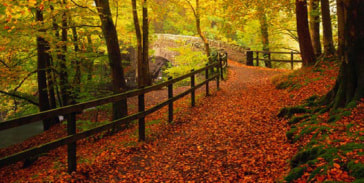

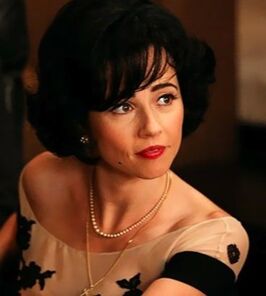

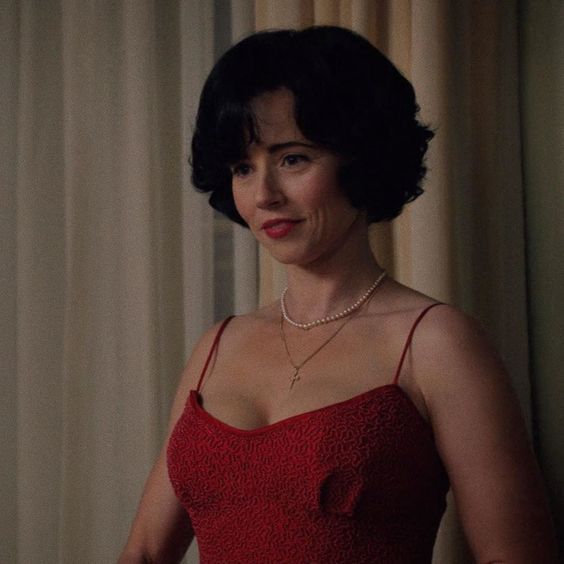
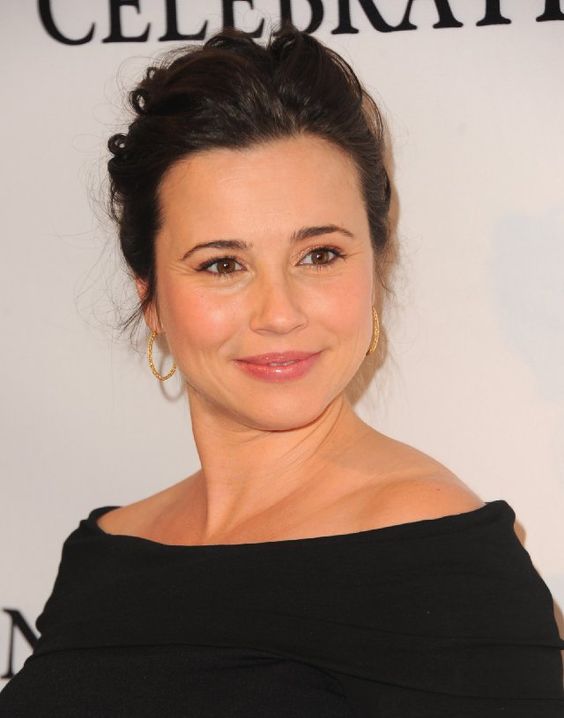
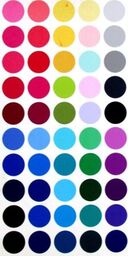
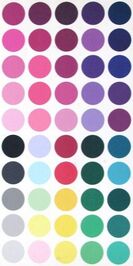

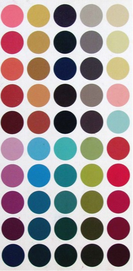
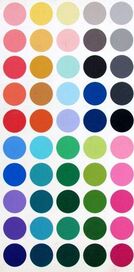


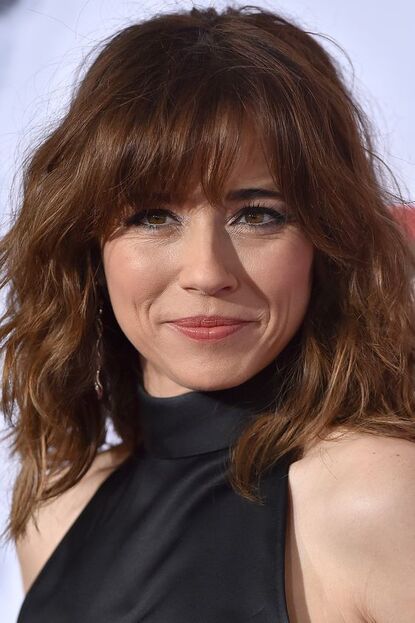


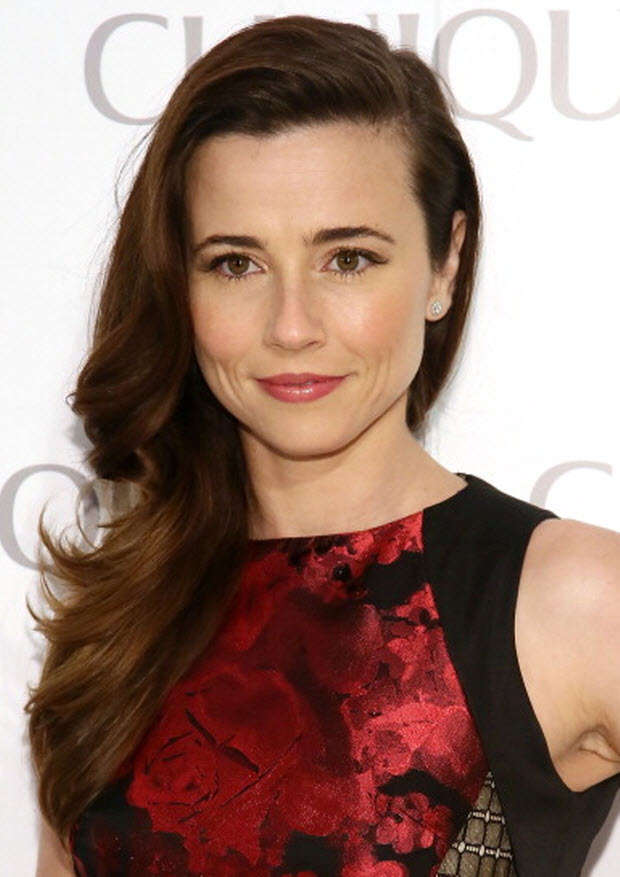
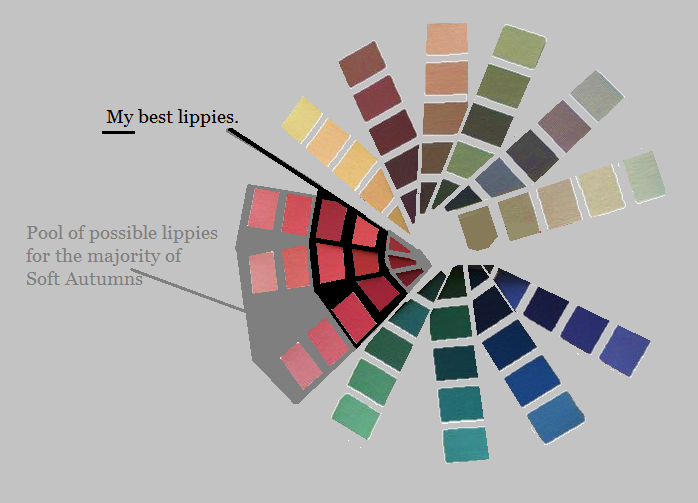




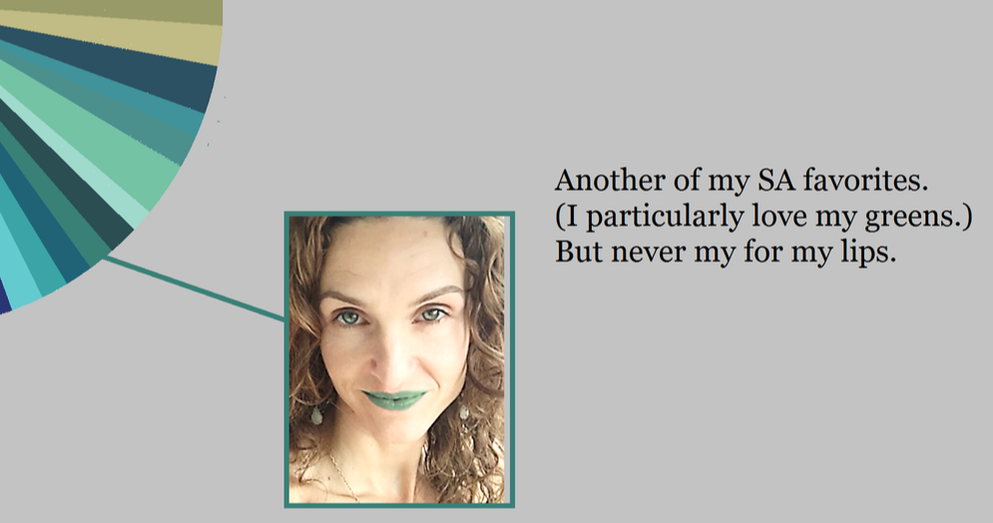

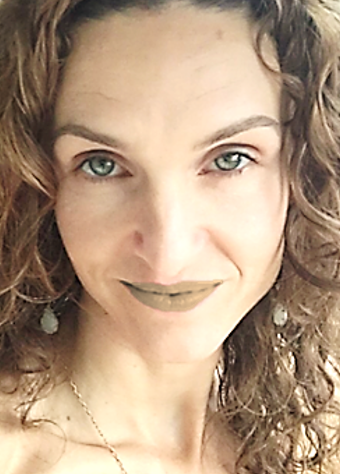
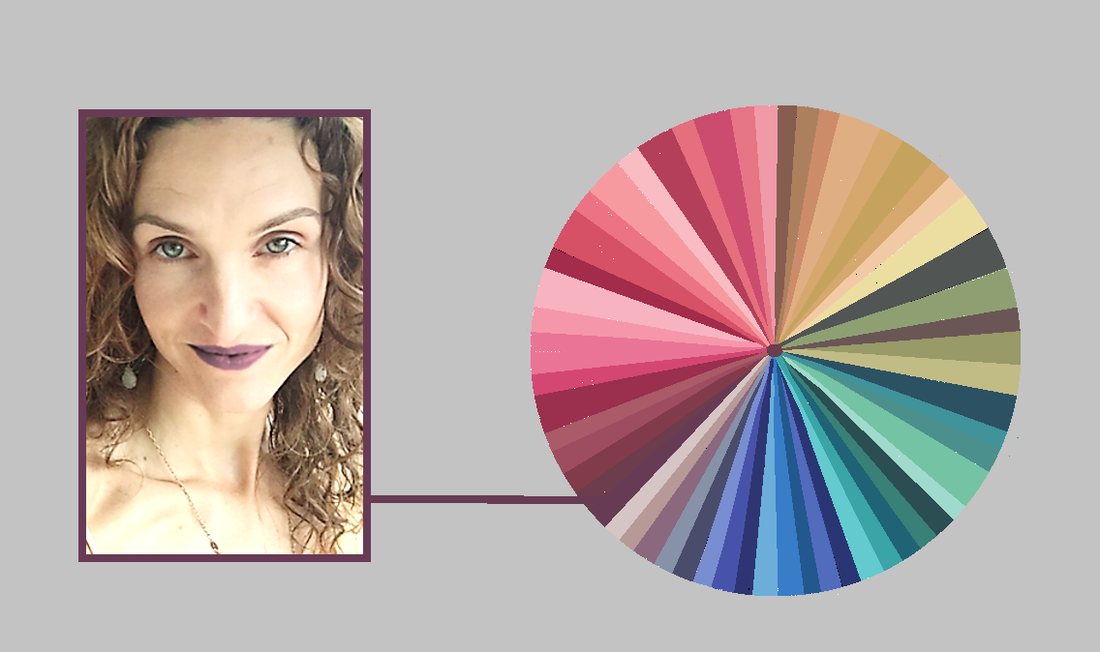


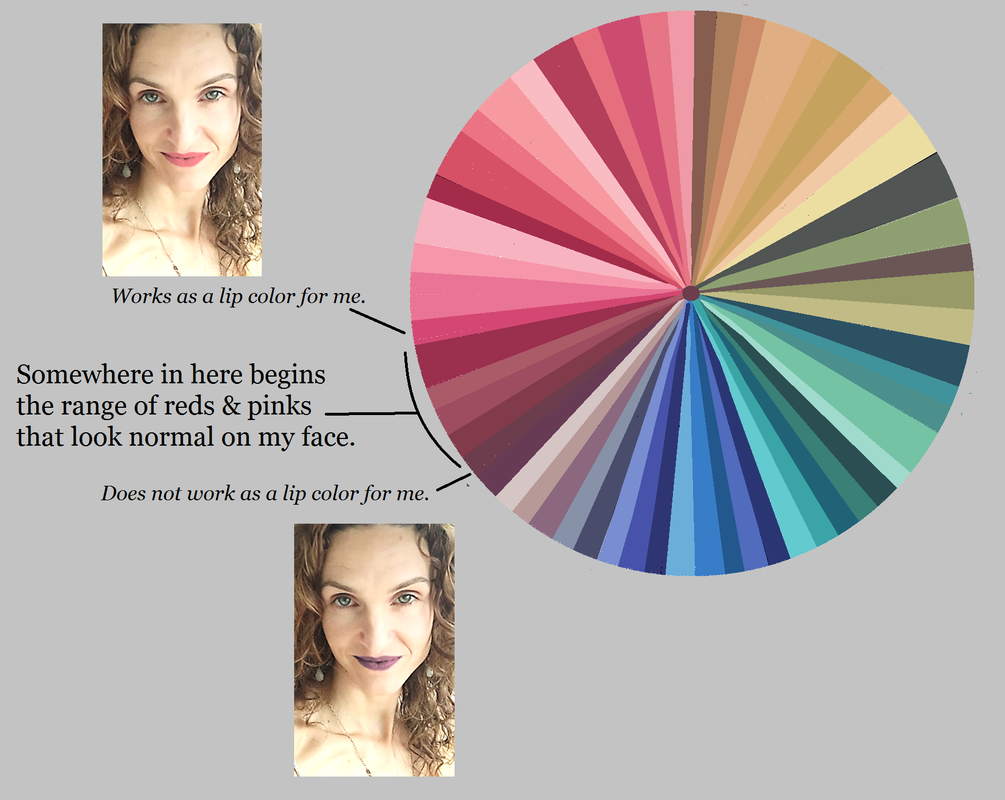
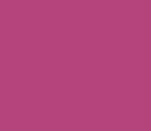
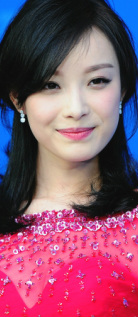
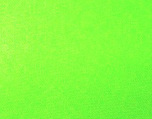
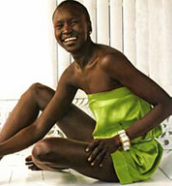

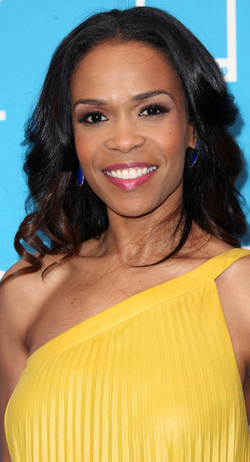
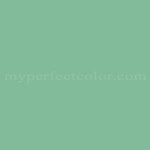
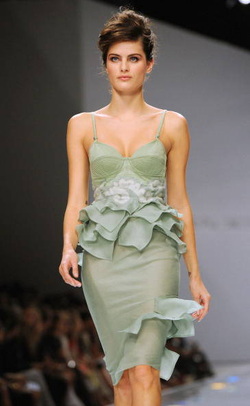
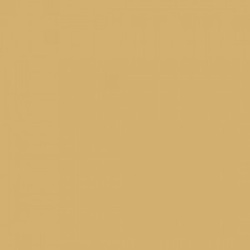
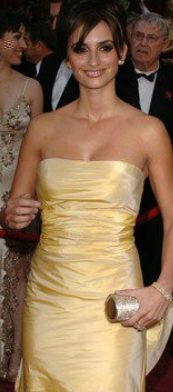
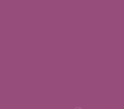



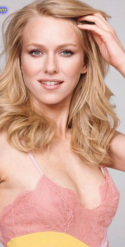



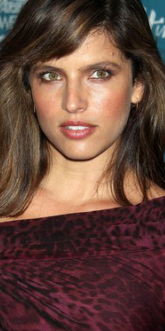



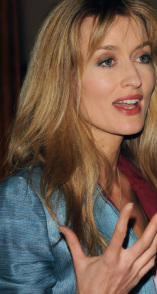
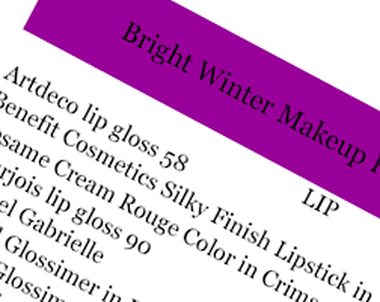
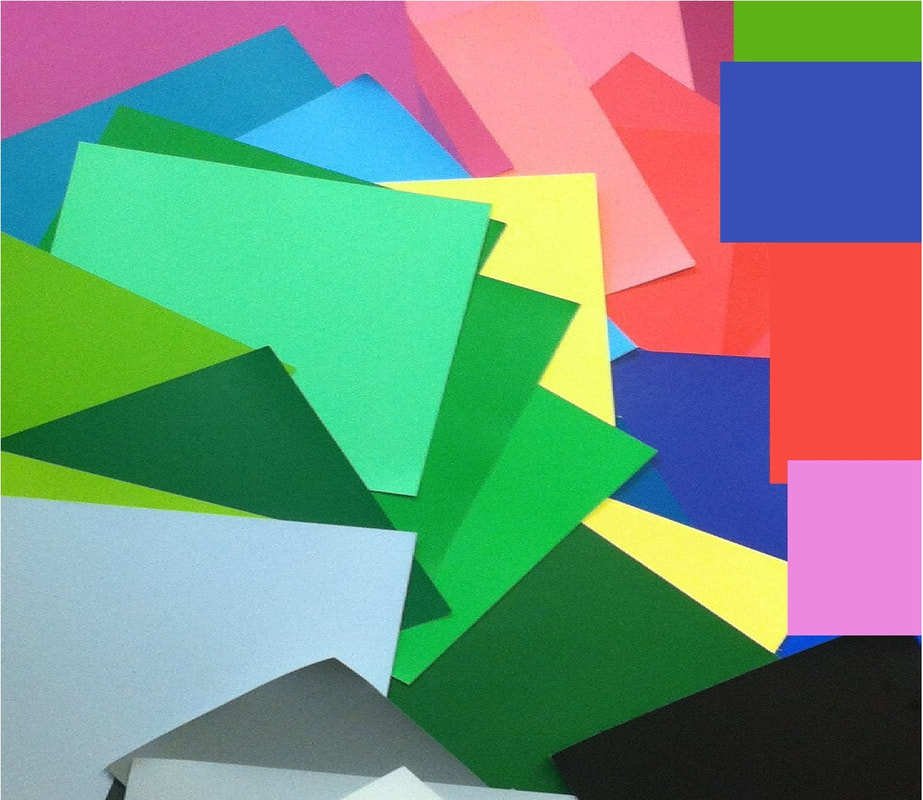

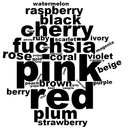

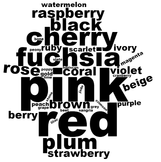








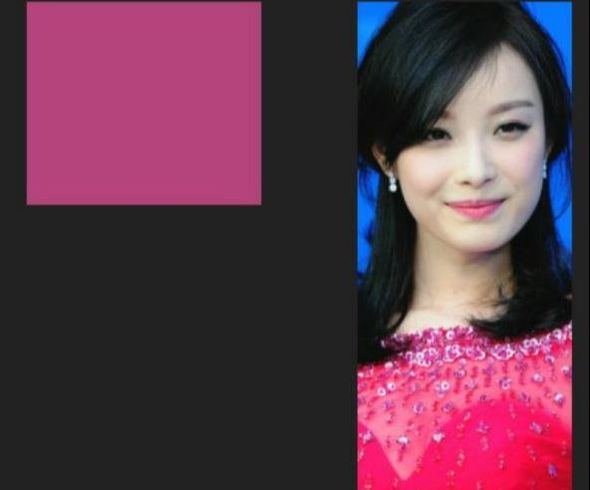





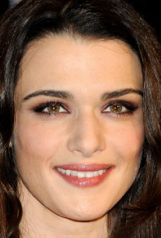
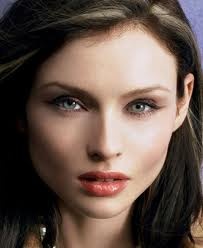
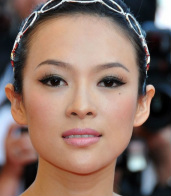
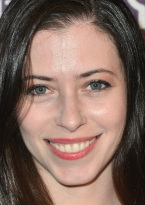
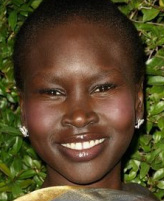
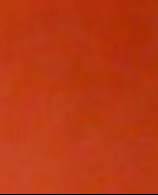

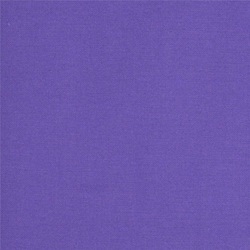

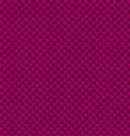
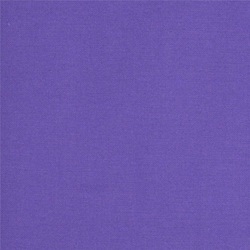

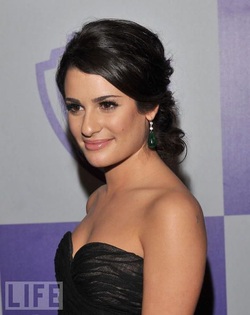
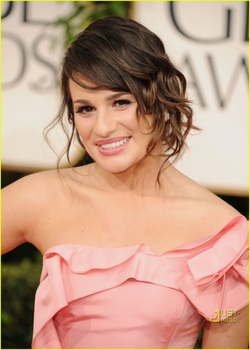

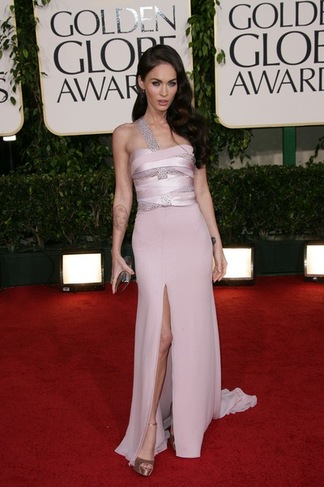


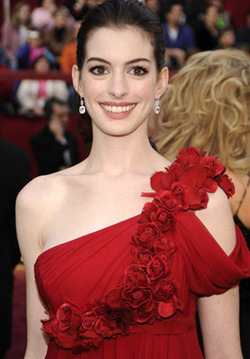
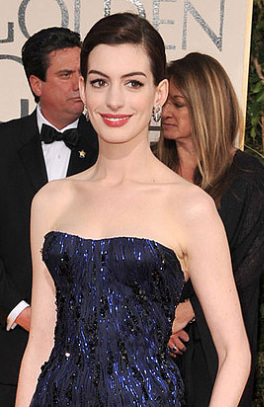
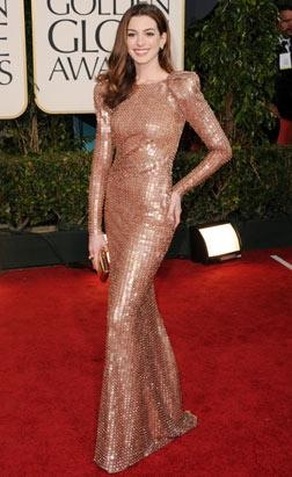



 RSS Feed
RSS Feed